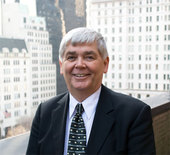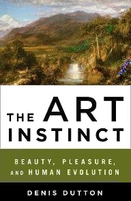Forgive me if this has gotten around: as I mention above, I’m in Europe, at meetings, and therefore not seeing much news. But I’ve received word that The New Republic is starting a new section on its website called The Book. As TNR literary editor Leon Wieseltier wrote in his explanation of it, “the plan was to rush in and fill the vacuum in book criticism that is being left by the carnage in American newspapers” — only better.
 The Book plans to run a review most days, as well as to aggregate book criticism from not-the-usual suspects. It will also contain “classics” — reviews of books drawn from the TNR archives — and other features, like a roundup discussion of books on a particular genre, like thrillers. Some features are yet to be developed.
The Book plans to run a review most days, as well as to aggregate book criticism from not-the-usual suspects. It will also contain “classics” — reviews of books drawn from the TNR archives — and other features, like a roundup discussion of books on a particular genre, like thrillers. Some features are yet to be developed.
And though The Book is named in the same way as many TNR blogs, like The Vine (about the environment), it won’t be a blog, Wieseltier says.
Some of this sounds similar to Arts & Letters Daily. But not exactly. In any case, I certainly welcome it. Anything of quality that adds to the discussion of books has got to be a godsend to publishers and readers everywhere.

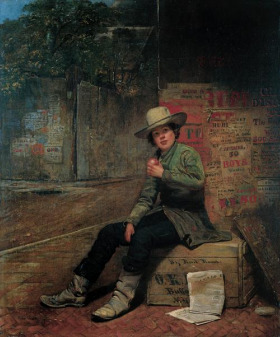 good, and I believe they do two things very well: They introduce people to the show before their visit, to make the trip to the museum much more edifying, and they may provide sufficient interest to lure people who have already seen the exhibit to go deeper.
good, and I believe they do two things very well: They introduce people to the show before their visit, to make the trip to the museum much more edifying, and they may provide sufficient interest to lure people who have already seen the exhibit to go deeper.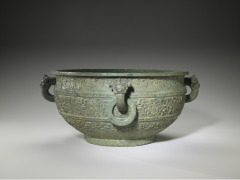
 includes pieces that were “masterpieces, only to be revealed as fakes.
includes pieces that were “masterpieces, only to be revealed as fakes. 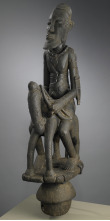 Djenne horseman sculpture from 15th Century Mali (left), a Francis Bacon painting it acquired in 1958, when Bacon was not widely admired, and Jasper John’s Figure 2, purchased in 1970.
Djenne horseman sculpture from 15th Century Mali (left), a Francis Bacon painting it acquired in 1958, when Bacon was not widely admired, and Jasper John’s Figure 2, purchased in 1970.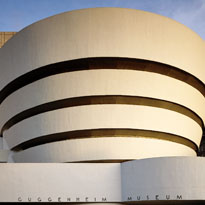 Hey, want to chat? Online? About art, specifically Kandinsky?
Hey, want to chat? Online? About art, specifically Kandinsky?